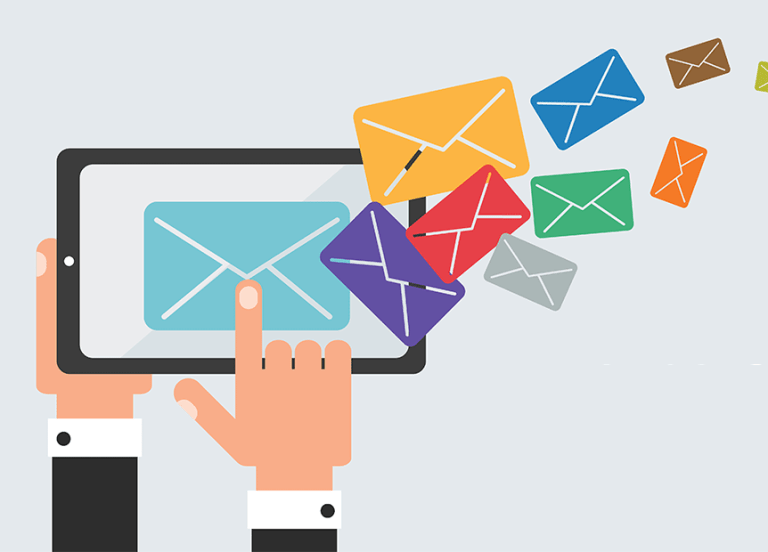Introduction
Email marketing is still an important part of modern digital communication. However, as with any communication channel, it has its own set of challenges. One of the most frustrating issues that email marketers face is when their emails bounce.
Email bounces occur when an email is rejected by the recipient’s email server and is returned to the sender. In this blog post, we will discuss why email bounces are bad and what you can do about them.
Negative Impact on Deliverability
Email bounces can negatively impact your email deliverability. When an email bounces, it sends a signal to the recipient’s email server that the sender is not a trustworthy source of communication. This can result in your future emails being blocked or sent to the spam folder.
As a result, your overall email deliverability rate can suffer. Email service providers track your email deliverability rate and use it as a factor in determining whether your future emails will be delivered to the recipient’s inbox or not.
It’s important that you use a service, or add custom code, that can prevent further emails going to an email address that has bounced. It will help you protect your sender score.
Wasted Resources
Email bounces can be a waste of precious resources for email marketers. When an email bounces, it means that the email was not delivered to the intended recipient. This means that the time, effort, and resources that were used to create and send the email were all wasted.
If your email list contains a high number of email addresses that bounce, it can result in a significant waste of resources over time. It’s important to regularly clean your email list and remove any email addresses that consistently bounce.
Negative Impact on Reputation
Email bounces can also have a negative impact on your reputation as an email marketer. A high number of bounces can signal to email service providers that you are not following best practices for email marketing.
This can result in your emails being blocked or sent to the spam folder, which can harm your reputation as a sender. To maintain a positive reputation, it’s important to regularly monitor your email bounces and take action to reduce them.
Impact on email marketing campaigns
If your sender reputation is low, your email marketing campaigns will be adversely affected. This could result in your emails ending up in the spam inbox, which is not ideal. If you’re running a campaign such as a win-back campaign, it’s crucial that your emails are seen by customers in order to be successful.
Here are some tips for preventing a high email bounce rate:
- Use a double opt-in system to ensure that the email addresses on your list are valid
- Regularly clean your email list and remove any email addresses that consistently bounce, or use a service that will remove an email if it bounces.
- Keep your email list up-to-date by removing inactive subscribers
- Avoid using “spammy” words or phrases in your email content that can trigger spam filters. If your emails are detected as spam, you might encounter a higher bounce rate when spam filters bounce emails back to you.
- Use tools like Mail Tester to test if your emails appear as spam.
- Use a reputable email service provider that has good deliverability rates and provides bounce management tools, I’ve been using Send in blue and Send Grid for some projects/clients.
Conclusion
In conclusion, email bounces are bad for several reasons. They can negatively impact your email deliverability rate, waste valuable resources, and harm your reputation as an email marketer. To reduce email bounces, it’s important to regularly clean your email list, follow best practices for email marketing, and monitor your email bounces. By taking these steps, you can improve your email deliverability, save resources, and maintain a positive reputation as a sender.
